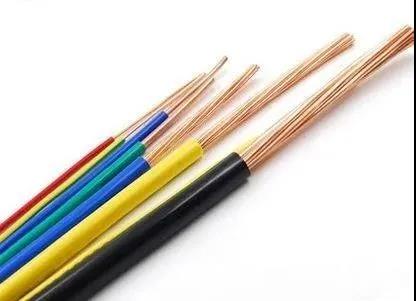Overhead cables play a pivotal role in power systems, information transmission systems, power communications and other systems. However, due to the appearance of bus ducts in recent years, many people think that bus ducts can replace wires and cables in the future. Is it really possible? Let’s talk about the difference between the two in detail below.
Overhead Cable:
Overhead cables are used to transmit electric (magnetic) energy, information and wire products that realize electromagnetic energy conversion. Wires and cables in a broad sense are also referred to as cables for short. Cables in a narrow sense refer to insulated cables, which can be defined as: an aggregate composed of the following parts; one or more insulated cores, and their respective coatings. The protective layer and the outer protective layer, the cable can also have additional uninsulated conductors.

Busway:
The bus duct is a closed metal device composed of copper and aluminum bus bars, which are used to distribute high power to the various components of the dispersion system. It has become popular in developed countries abroad, as well as Hong Kong and Macau in my country. In Guangzhou, Guangdong, my country, where the power distribution room of buildings above 12 floors is out of line, more than 90% of the main trunk lines leading to the floor use bus ducts; 630KVA transformers must use bus ducts to the power distribution cabinet.
Busway has many advantages, and it is widely used in low-voltage power distribution system transmission trunk projects, and it is increasingly replacing cables. Compared with the technical performance of the cable or the pre-branch cable, the busway has the characteristics of good heat dissipation, low impedance and large current carrying capacity. Comparing the technical performance of bus ducts with a current-carrying capacity of 630A or higher with cables or pre-branched cables above 630A, under the same current-carrying capacity, copper can be saved by 10-35% and power loss can be reduced by more than 15%.
For this reason, bus ducts have been widely used in power transmission trunk projects of low-voltage power distribution systems, and have increasingly replaced wires and cables. But in other fields, the advantages of ABC cables are obviously more obvious, so it is impossible for bus ducts to completely replace wires and cables.
